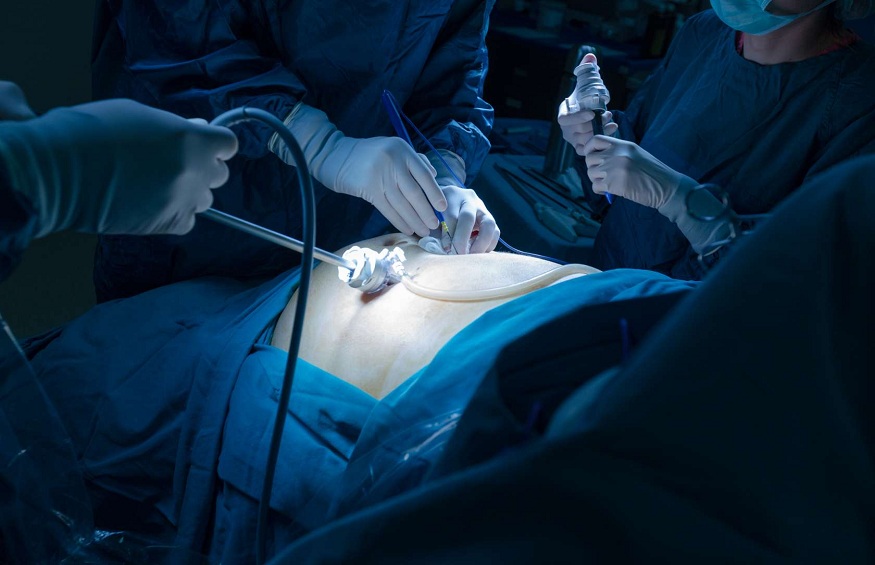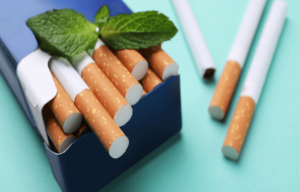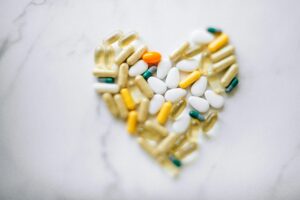
We get it! The term ‘surgery’ can instill fear in the minds of a lot of patients. Surgery can conjure terrifying images of a surgeon holding scissors and knives. Well, not all surgery options necessitate large incisions, cuts and tears. If you don’t know already, there are a number of minimally invasive surgery options available for patients who hate the idea of being operated on for hours. Minimally invasive surgeries offer low operation time and faster recovery time. These surgeries reduce risks and complications during surgery and produce better cosmetic results. This is a basic guide to help you get introduced to the minimally invasive surgical procedures that are available for bariatric and general surgeries.
Bariatric Surgery
Surgeries which involve changes made to the digestive system to help patients lose weight are referred to as bariatric surgeries. These types of surgeries are opted in cases where dietary and lifestyle changes as well as medication has not helped in the reduction of weight in a patient. Bariatric surgeries are also necessary in cases where patients need to lose a significant amount of weight rapidly due to serious weight related health conditions. There are a number of surgical procedures available for weight loss including:
- Sleeve Gastrectomy: It involves removing around 80% of the stomach to reduce food intake and lower the production of hunger hormone.
- Gastric Bypass: It involves a two step procedure in which the stomach is first stapled to reduce its size and then a bypass is created through the middle of the small intestine, effectively the food bypassing the upper stomach and upper small intestine.
- Laparoscopic Adjustable Gastric Banding: It involves placing an adjustable and inflatable silicone band around the stomach to restrict food intake.
- Biliary Pancreatic Diversion with Duodenal Switch or SADI: It is a combination of sleeve gastrectomy and gastric bypass surgeries.
Bariatric surgery can be performed through open surgery, but with advancements in technology, minimally invasive procedures, like laparoscopy and robotic bariatric surgery, are becoming popular.
Laparoscopic Bariatric Surgery
Laparoscopic surgeries, be it SADI or sleeve gastrectomy, involve a thin, telescope-like instrument called a laparoscope which is inserted in the patient’s body through ‘ports’ created with small incisions . The surgical instruments are also inserted through these ports. The entire surgery is generally performed under general anesthesia, so patients do not feel pain during this procedure. Since this procedure involves only a few small incisions, the recovery time as well as the complications are significantly lower than traditional open surgeries which involve large incisions.
Robotic Bariatric Surgery
Robotic weight loss surgery, one of the astonishing gifts of modern healthcare and science, is performed using a Robotic Surgery System, known as a da Vinci robot. The robotic surgical tool enables bariatric surgeons to conduct any weight loss surgery using magnified, computer-guided, 3-D visualization. During robotic bariatric surgery, a surgeon maneuvers the robotic arms through small incisions in the patient’s abdomen. The robotic arms enable the surgeon to make ultra-precise movements inside the patient’s body. Apart from great precision and control, robotic surgeries help leverage technology to minimize complications through constant and intelligent monitoring during the surgery.
General Surgery
General surgery deals with the preoperative, operative, and postoperative management of patients with a wide range of diseases. A general surgeon deals with conditions affecting the following body parts: Abdomen and its Contents, Alimentary Tract, Endocrine System Breast, Skin, and Soft Tissue. Some of the popular general surgery are:
- Hernia Surgery: Not all types of hernia require surgical repair. In cases where enlargement or movement of the bulge causes pain and discomfort and creates other health problems, surgery becomes essential. There are three types of hernia repair surgery options (open repair, laparoscopic repair, and robotic repair) available. As mentioned earlier, a laparoscopic procedure in case of hernia repair involves only small incisions. From the time you are carried into the operating room until you leave the recovery area, the entire hernia surgery usually takes less than an hour. In case of robotic hernia repair, robotic arms are used to conduct the operation as per the surgeon’s instructions for better control and precision.
- Anti-Reflux Surgery: Anti-reflux surgery is a procedure used for the treatment of acid reflux or gastroesophageal reflux disease (GERD). In patients with GERD, acid from the stomach travels up into the esophagus. While there are traditional methods available, most anti-reflux surgeries are conducted using minimally-invasive methods. Some of the common laparoscopic and robotic procedures include gastric bypass, LINX and Nissen Fundoplication.
Final word
The benefits of minimally invasive surgeries are fast recovery and low risks and complications. Of Course the suitability of laparoscopic and robotic surgeries depends heavily on the patient’s health history and budget. It is extremely important to discuss your specific health condition and issues with a skilled surgeon. If you are looking for solutions for general surgery or surgical and non-surgical weight loss in Dallas, or anywhere else, you should set up an appointment with a leading surgeon near you. Choose a surgeon who has expertise in conducting Hernia, Anti-reflux, Gl surgery as well as a variety of bariatric surgeries and offers both laparoscopic and robotic surgical solutions.








